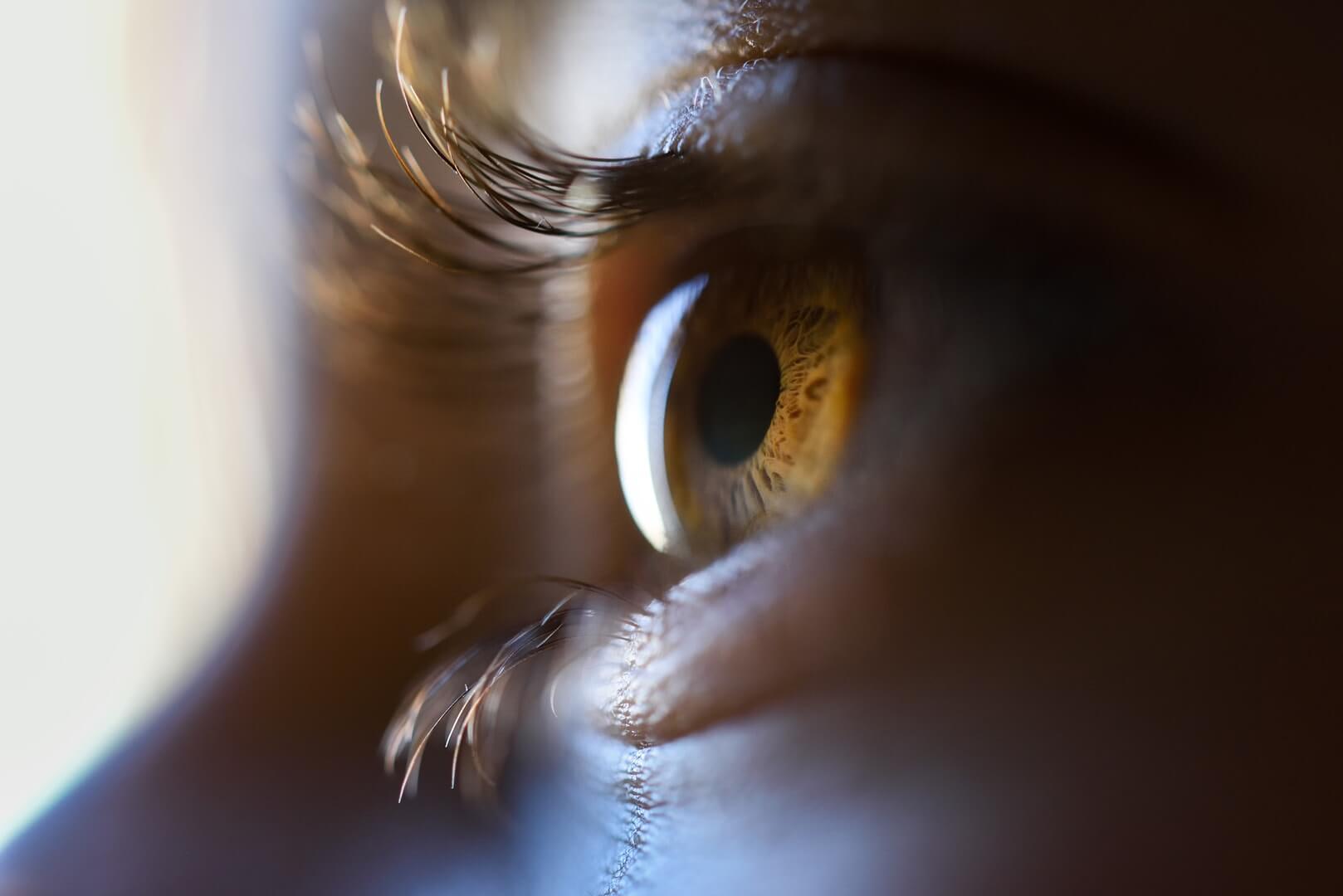It sounds like magic, but it’s all science, baby! Google’s Verily found a new use case for the machine learning algorithms the company has been improving for a while now. Turns out, the software can predict the risk of heart disease in an individual by looking in their eyes #todaymagic
The AI is capable of seeing the patterns that point towards blood pressure, age, smoking habits and so on with a scan of the back of the eye. Afterwards, by analyzing its findings, doctors can tell whether that person will develop a heart disease or is very close to suffering a heart attack. The best part is it can do so with almost the same accuracy current medical methods do. Medical teams can bypass the blood test and potentially, reduce the time needed to put a diagnose.
To train the algorithm, the scientists gave a huge database to the AI comprising of almost 300,000 patients. The folders contained eye scans and general medical information about them. Since the rear interior wall of the eye is full of blood vessels, the AI could associate the state of those vessels with the usual markers of cardiovascular risk.
For example, when Google and Verily gave the software two sets of retinal images, the AI was able to tell which was at risk of heart disease in the next five years and which was safe. It did so with 70% accuracy. By comparison, the SCORE method (needs blood samples) is usually 72% accurate in making right predictions.
That said, this prediction method can’t be used overnight by doctors and medical staff. It needs to be further tested before it can be turned into a reliable test.
Follow TechTheLead on Google News to get the news first.























